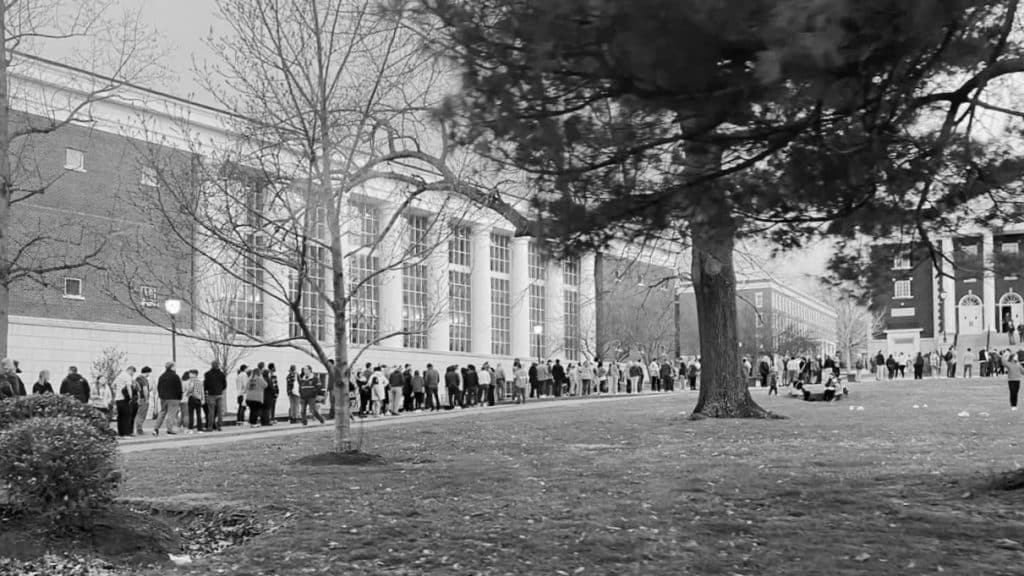The United States response to the COVID-19 pandemic has been, in a word, terrible. In two words, terrible and confusing. This is partially because of the policy failures, dual narratives and lying in regard to the outbreak. But the confusion is also because the response to the virus has been directed primarily by 50 individual states, not the national government in Washington.
The frustration with a state-based answer to COVID-19 first came primarily from Democrat decisions from coastal cities hardest hit by the virus. More recently, it has come from the right, with the president suggesting on April 13 that his authority on the subject was “total.”
The idea that states are going to run point on the COVID-19 response might seem silly. The Centers for Disease Control and Prevention (CDC), the National Institutes of Health and the Food and Drug Administration (FDA) are run by the federal government. Washington controls entry to the country, and it is difficult for individual states to restrict travel between them and their neighboring states. The federal government has resources, funds and reach that the states simply don’t have.
However, the states’ responses to COVID-19 matter for two reasons. The first is that state officials are simply closer to the reality on the ground in their locale. They can respond quicker, more effectively and in a narrower scope than the federal government. Ohio ordered restaurants closed on March 15, Kansas was first to order all schools closed for the rest of the year on March 18 and California was the first to issue a statewide stay at home order on March 19. West Virginia recorded their first case on March 18. Different circumstances require different responses, and state governments can do that with a precision the national government lacks.
For example, North Dakota has closed schools, gyms, restaurants and similar public spaces, but they are one of the few states to not yet issue a stay-at-home order. However, according to the COVID Tracking Project as of April 15, North Dakota has conducted the ninth most tests, and has only the 39th most deaths and 44th most total cases on a per capita basis. It also has an average statewide population density of 11 people per square mile, according to Statisticalatlas.com (in contrast, Jessamine County has about 300 people per square mile). Perhaps there should be a stay-at-home order in North Dakota, but the North Dakotan government knows whether that’s necessary better than Washington D.C. If they do not ultimately need to issue a stay-at-home order, they ought to be commended, not overridden by the national government 1,500 miles away.
Second, wanting the federal government to direct all facets of the national response to COVID-19 presumes that the federal government possesses a wisdom, competence and foresight state governments lack. The Trump administration downplayed the severity of the virus into the beginning of March, and the federal bureaucracy was lethargic in addressing the problem.
The number of times the president and his allies downplayed the severity of the outbreak could be the subject of another full article. Business Insider reported on Feb. 28, more than a month after the first case, the president said that COVID-19 would disappear overnight, “like a miracle.” On March 9, he compared it to the flu on Twitter.
On the bureaucratic side, The Dispatch reported that the CDC did not lift restrictions on who could be tested until March 3, and the FDA did not remove its requirement that commercially produced COVID-19 tests obtained an emergency use requirement until March 16. However, by this point there were 5,000 cases across 49 states and public facilities were already being shut down. Had that been done six weeks earlier, the U.S. might not be leading the world in both cases and deaths.
These were not inevitable oversights. On Jan. 22, Senator Tom Cotton (R-AR) sent a letter to Health and Human Services asking for stricter travel restrictions on China, who quarantined Wuhan a day later. On Feb. 5, Senator Chris Murphy (D-CT) tweeted: “Bottom line: they [the Trump administration] aren’t taking this seriously enough.” Axios reported on April 7 that on Jan. 29, President Trump’s own trade advisor Peter Navarro wrote a National Security memo warning of the dangers of the virus and advising a more robust response. Voices on both sides of the aisle were sounding the alarm. The machinery of the federal government just ignored them.
A Gallup poll from March 23 found that state governments had an 82% approval rating regarding their handling of the pandemic, twenty-three points higher than Congress. There is an obvious reason for this. Governors like Andy Beshear (KY), Bill Lee (TN) or Mike DeWine (OH) know better how to manage the COVID-19 outbreak in their respective states than anybody making policy in Washington.

Dallas is a sophomore political science and history major from Johnson City, Tennessee. He is a proud resident of Johnson Hall 4th East and a member of the Cross Country team.









